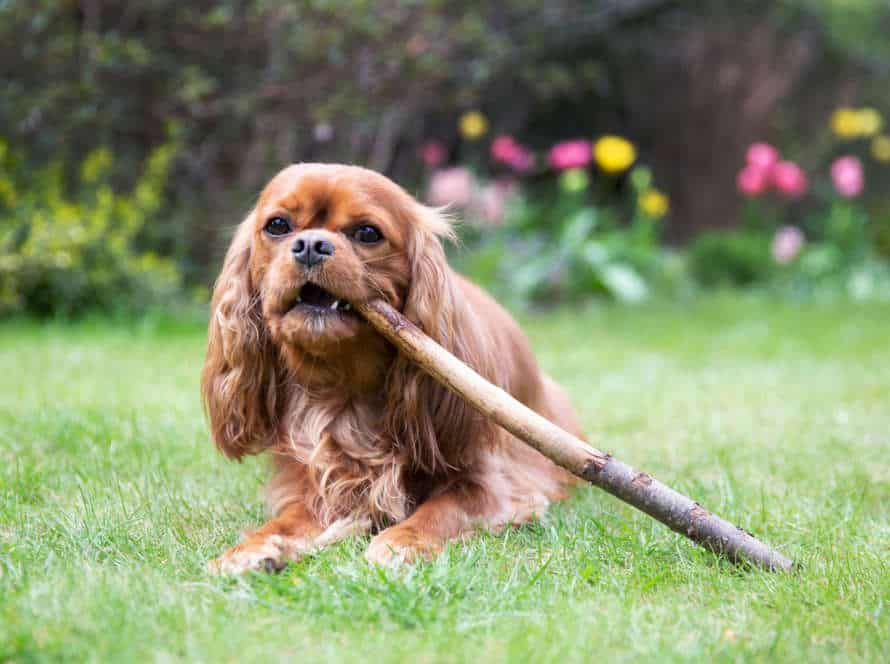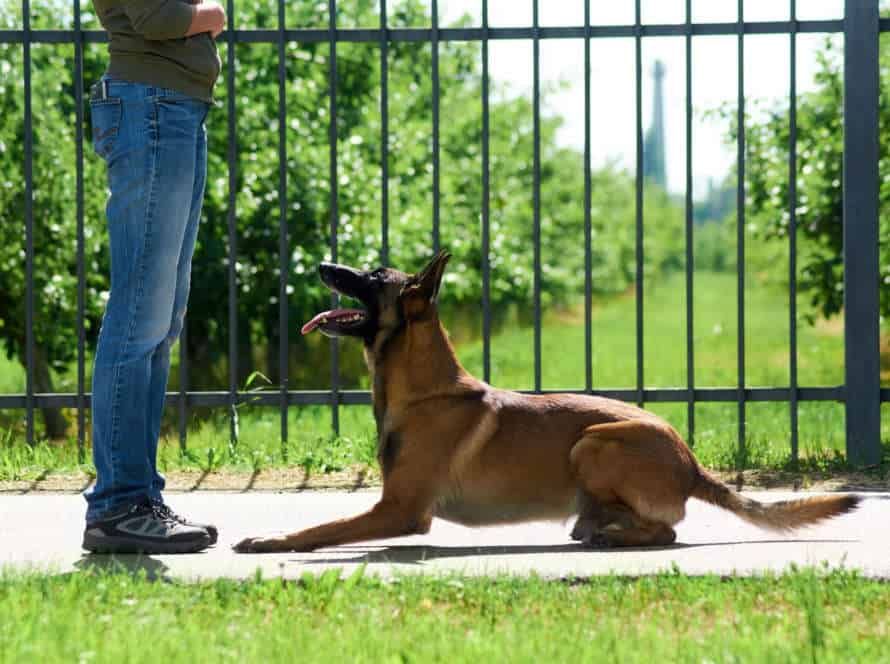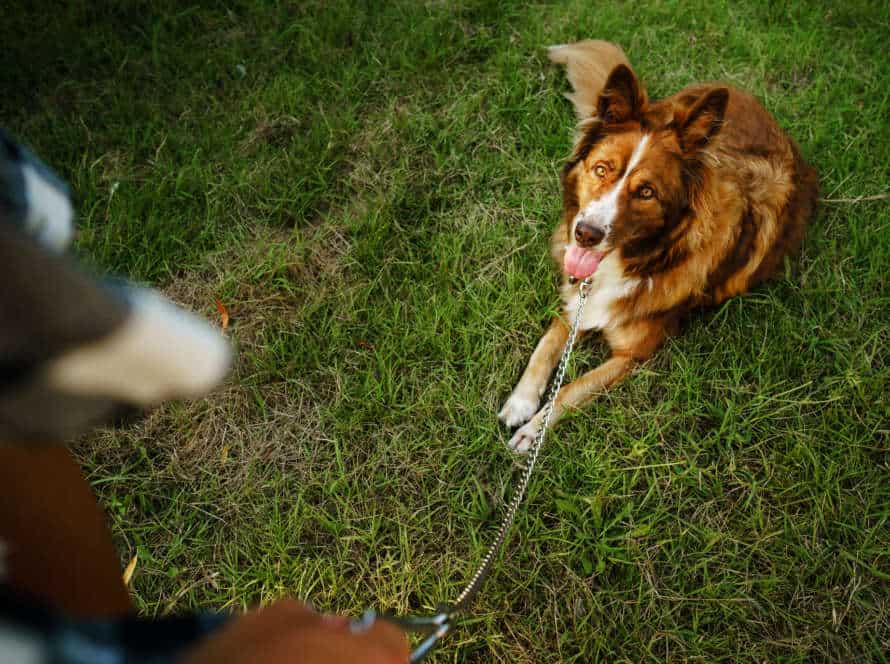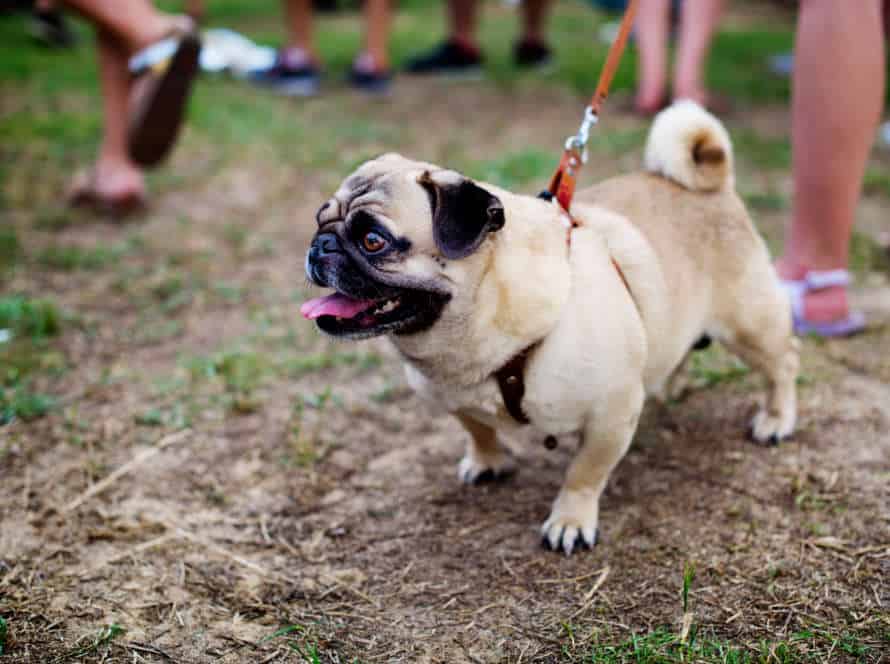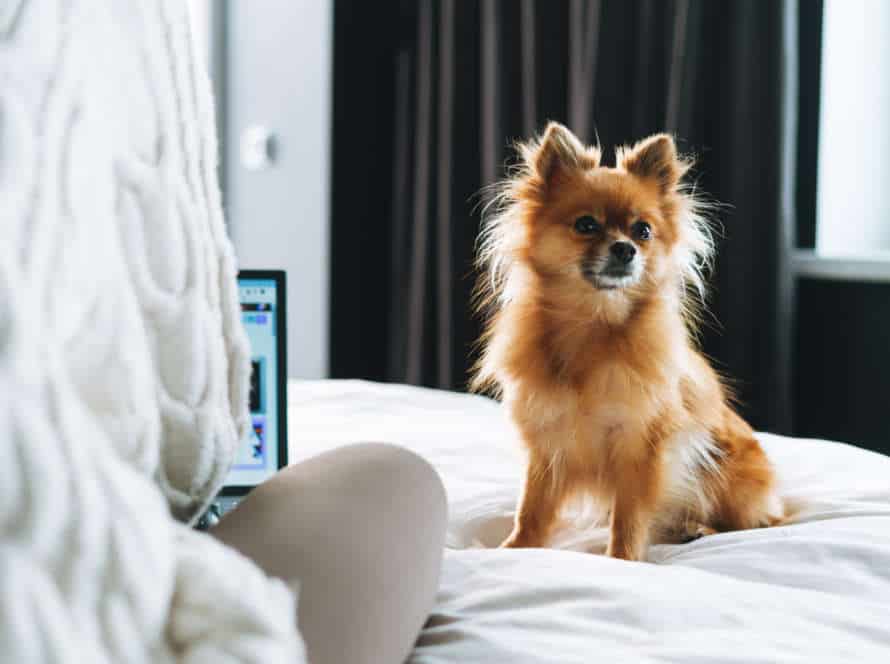The Role of Feeding Times in a Successful Potty Training Schedule
Feeding times are key for successful potty training with your toddler. Create a regular feeding schedule and this can help your child have more predictable pooping habits. Here are some tips:
- Set steady feeding times each day.
- Time meals or snacks 20-30 minutes before potty time.
- Motivate your child to drink lots of liquids throughout the day to help with regular poops.
- Keep an eye on diet – avoid foods that cause constipation or diarrhea, as these can make potty training hard.
Pro tip: Every child is unique. Be patient, consistent, and ask your pediatrician if you have doubts or queries.
Understanding the Relationship between Feeding and Potty Training
Knowing the link between when to feed and potty-training is essential for successful toilet-training. Feeding must be part of your potty-training agenda for a successful and efficient potty-training program. Meals and snacks can be used as reminders to make your toddler use the potty and to initiate potty-training practices.
Let us see the role of feeding times in a successful potty-training schedule more closely.
Why is Feeding Time Important for Potty Training?
Feeding time is key for successful potty training. It’s the basis of a reliable potty schedule.
Why? When you stick to regular feeding times, regular bowel movements happen. This means you can predict when your child needs to use the potty after eating.
You can use this to plan potty training around meal times. For instance, take your child to the potty right after eating, to help them link eating and elimination.
Plus, use feeding time as a reward for successful potty training. Offer a treat or a special snack after your child does well.
Remember – every child is different. So, be patient and flexible. Follow your child’s lead and be ready to adjust the potty training schedule.
Pro tip – by using feeding time for potty training, you can help your child develop good elimination habits, setting them up for success.
How does Feeding Time Affect Potty Training?
Feeding time can be a big factor in potty training. It affects when and how often your child goes to the bathroom. Here’s how to use it:
- Keep a regular schedule. This helps your child learn when to go to the bathroom. Feed them at the same times each day.
- Timing matters. Don’t feed them too close to bedtime or nap time. It can make it hard for them to sleep and may cause nighttime accidents.
- Watch their reactions. After they eat, watch out for signs they need to go. Squirming or grimacing can be signs. Take them to the potty right away.
By paying attention to their feeding, you can create an effective potty training schedule.
What is the Ideal Feeding Time for Potty Training Success?
It’s key to find the ideal time to feed when potty training. Feeding times can have a great effect on your training plan. Consider the following:
- Have a regular feeding schedule to help with bowel movements.
- Don’t overfeed; it can lead to inconsistent bowel movements and accidents.
- Give your child food at least 30 mins before potty time to assist their digestion.
- Notice your child’s bowel movements and change feeding times accordingly.
Pro Tip: Feed your child fiber-rich foods like fruits, veg, and wholegrains to regulate their bowel movements and make potty training easier.
Best Practices for Feeding Time during Potty Training
Potty training? May seem tough. But, having a good feeding schedule can make it smoother! Feeding times are key in potty training. They help create a routine and reinforce habits for your child. In this article, we look at the best practices for feeding time during potty training and how to use them to help your kid learn faster.
Consistency in Feeding Time
During potty training, consistent feeding times are key. It helps to create a daily schedule and makes it easier to predict when your child needs to go.
Here are some tips:
- Maintain a regular eating plan that works for your child.
- Give small meals frequently throughout the day to help with bowel movements.
- Don’t give too many liquids with meals as this can lead to accidents.
- Encourage your child to take their time and chew food properly. This makes digestion easier and helps with regularity.
- Track your child’s eating and going patterns. This’ll help you find the best routine for your child.
Type of Food and its Effect on Potty Training
The food your child eats can affect their potty training. For a successful experience, follow these best practices:
- Avoid constipating food like bananas, applesauce, rice cereal, cheese, and yogurt.
- Drink water and other non-caffeinated beverages.
- Encourage eating fiber-rich foods like whole grains, fruits, and veggies to stop constipation.
- Limit sugary and processed food that can make your child feel full and stop them eating healthy food.
- Set a regular eating and drinking time that fits the potty training routine.
- Always supervise meals to watch changes in bowel habits and spot food sensitivities.
By following these tips, you can help the food and feeding times have a positive effect on potty training.
Keeping Track of Feeding Time and Potty Time
It’s important to keep tabs on feeding and potty times when potty-training your kid. This helps create a timetable and encourages consistency.
Here are some tips for mealtime during toilet training:
- Eat at regular intervals, e.g. every 2-3 hours.
- Don’t overfeed or give large snacks close to bedtime; this might disturb sleep and make it harder to stay dry.
- Restrict liquids before bed to lower the odds of accidents at night.
- Give water or juice throughout the day for healthy hydration and regular bowel movements.
- Encourage your child to go to the bathroom after meals and when they wake up in the morning.
By following feeding and potty time, you can create a steady and structured routine that will help them with potty training.
Potential Issues to Avoid
Potty Training a child can be a challenge. To make it go smoothly, watch out for feeding times. This could affect the process. Understand potential issues and how to avoid them. Let’s get a better look.
Overfeeding and its Negative Impact on Potty Training
Overfeeding can hinder potty training success. Offer several small meals throughout the day instead. Puppies need more frequent meals than adult dogs. Schedule meals to better anticipate when your pet needs to go. Patience, consistency, and positive reinforcement are key. Avoid overfeeding. Stick to the schedule. Reward and praise good behavior. It will help with successful training.
Inconsistency in Feeding Time and Potty Training
For potty training to be successful, having a consistent feeding schedule is key. Not having one can cause issues in the training process.
Animals fed at different times may struggle to adjust to when it’s “potty time”.
Plus, if they eat too close to bedtime, their food won’t be digested properly.
Therefore, training sessions should only be done after the pet has eaten – to make use of their natural urge.
Creating a regular feeding schedule will help your pet understand when they should potty and when they shouldn’t.
This makes potty training easier and less stressful for both of you.
Pro Tip: Treats and praise should always be given when they go in the right spot.
Using Food as a Reward during Potty Training
Using food as a reward during potty training can be effective to motivate your child. But, it can lead to issues. Meal and snack times before potty breaks are important.
Potential issues with food rewards:
- Over-reliance on treats. This can create an unhealthy relationship with food.
- False motivation when treats are taken away.
- Creating a habit of eating candy or sweets with toileting.
Better rewards are:
- Stickers
- Hugs
- Special activities
These give better motivation than food.
Tips for Successful Feeding Time and Potty Training
Potty training is no easy feat! It needs consistency, patience, and timing to work. Feeding times are especially important, so let’s discuss! A successful potty training schedule depends on it. How? Well, meals and snacks must be timed properly for a successful transition!
Understanding your Child’s Eating Habits
Comprehending your kid’s eating behaviors is essential for setting up a successful feeding time and potty training agenda. Here are several pieces of advice to assist you in making feeding time and potty training easier for you and your child:
- Construct a routine: Aim to remain faithful to a regular schedule for feeding time and potty training. Kids like routine and knowing what to expect.
- Be an example: Demonstrate a great example to your child by taking in nutritious meals and employing good bathroom customs. Your child is more likely to observe your lead.
- Respect your child’s hunger: Let your child determine when they are full and don’t force them to finish their plate. This aids them in forming a healthy connection with food.
- Have fun at feeding time: Provide a range of healthy foods in amusing and inventive ways to make mealtime more pleasurable for your child.
- Stay patient: Potty training can take time and patience. Don’t get disheartened if your child has accidents or backslides. Maintain a positive attitude and stay consistent.
By understanding your child’s eating habits and utilizing a few straightforward tips, you can effectively manage feeding time and potty training with ease.
Creating a Routine Schedule for Feeding Time and Potty Time
Creating a routine for eating and potty time is key for successful potty training. Stick to a routine and your pet will learn when and where to eat and go to the bathroom. Here are some tips to get you started:
- Feed your pet the same time each day.
- Wait 15-20 mins after eating before taking your pet outside.
- Take your pet outside often, after naps, playtime, and meals.
- Choose one spot for your pet to use the bathroom and always take them to that spot.
- Reward your pet with treats and praise when they go outside.
- Keep up the routine, even on weekends or days with a different schedule.
Consistency, patience, and a routine will help your pet learn the desired behavior, and get potty trained. Pro tip: Use a bell to train your pet to signal when they need to go outside.
Adapting to Changes in Feeding Time and their Effect on Potty Training
Sync your meal times with your potty training plan for great results. Follow these tips for success:
- Set a regular schedule for feeding and pottying. Stick to it every day.
- Gradually change feed times based on when your kid likes to use the loo or when they usually poop.
- Notice hunger cues and adjust feed times accordingly.
- Ask your child to drink enough fluids to help pottying.
- Stay patient & consistent – it may take a while to get used to the new routine.
- Remember each child is different – what works for one may not work for another.
Plus: Reward your child with a treat or praise after successful potty breaks to encourage further success.
Frequently Asked Questions
1. Should I have set feeding times for my child during potty training?
Yes, having set feeding times can help establish a regular schedule for bowel movements and make it easier to predict when your child will need to go to the bathroom.
2. What times should I feed my child during potty training?
It’s important to establish a routine, so aim to feed your child at the same times each day. Breakfast, lunch, and dinner, with healthy snacks in between, is a good schedule to start with.
3. Should I limit my child’s fluid intake during potty training?
No, it’s essential to keep your child hydrated. However, try to avoid giving them too many fluids close to bedtime, so they are less likely to need to go to the bathroom during the night.
4. How long does it take for feeding times to impact potty training?
It can take up to a month for a regular feeding schedule to have a noticeable impact on potty training. Be patient and consistent with your routine.
5. What if my child has an accident during potty training, even with set feeding times?
Accidents are a natural part of the potty training process, even with a regular schedule. Stay positive and encourage your child to keep trying.
6. Can I break the feeding schedule if we have plans or are traveling?
While it’s best to stick to the routine as much as possible, there may be times when you need to adjust your child’s feeding schedule. Just be mindful that it may affect their bathroom habits temporarily.


